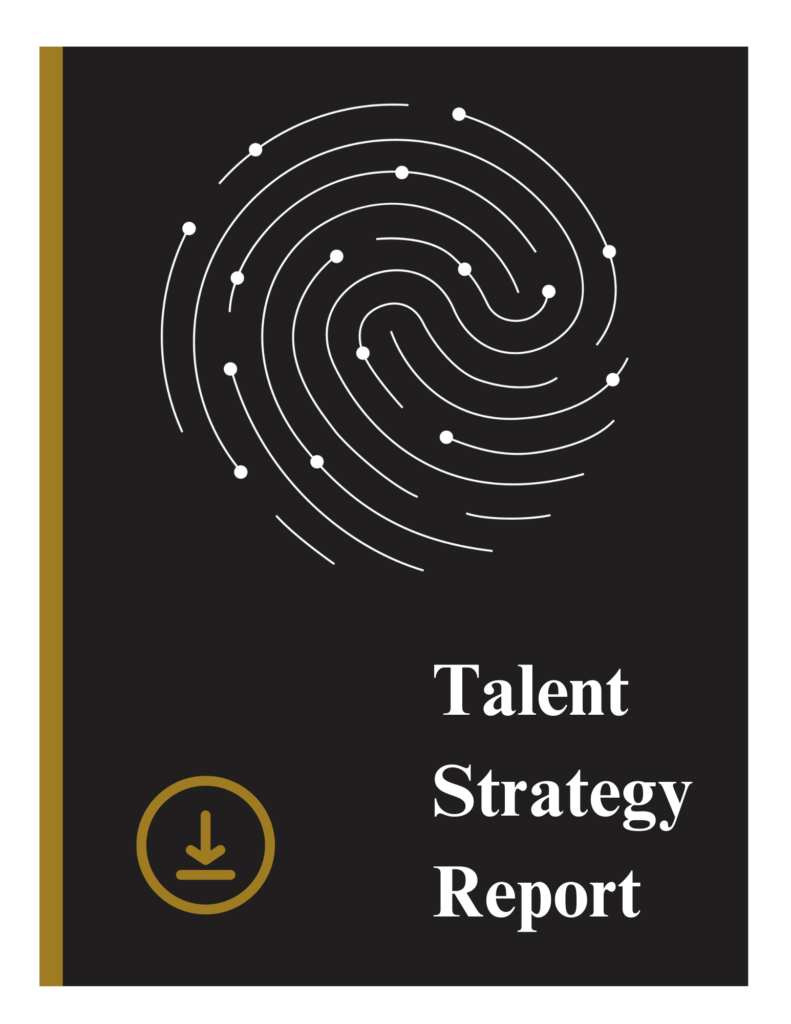Why Employee Performance Reviews Are Important & How to Get Them Right
Employee performance reviews can seem like an unnecessary task to some. However, they can be some of the most important times for both employees and employers. We conduct quarterly employee reviews with our team members at W Talent Solutions. In EOS Worldwide terms, they are also called: “Same Page Meetings.” These have proven critical to helping our team stay aligned and maintain an open level of transparency and communication between employees and their leaders. Here are the reasons they are important and how to best conduct them as a leader.
Why are employee performance reviews important?
- They improve employee morale.
Employee reviews allow team members to speak up and be heard, which helps build trust and confidence. Having a specific time set aside to discuss what is going on in their world is very valuable.
- They increase employee engagement.
Regular reviews help to motivate employees and encourage them to stay engaged in their work. Getting the praise and recognition that they deserve or a redirection to help them be more successful is critical. - They ensure fair and consistent feedback both ways.
Reviews provide a regular and structured way to give employees feedback while asking for their input on what the company can best do to support them. It can also help you, as a leader, understand how the employee works better and create a line of appreciation and trust. - They provide an opportunity to recognize and reward performance.
Reviews effectively recognize and reward employees who have performed well. Going over the successes of each employee from the last quarter can build morale and dedication to the continued success. - They help identify areas of opportunity.
Identifying areas of improvement and provide guidance on how to address them is critical. Opportunities can sprout from a number of reasons – unclear expectations, miscommunication, and the list could go on. Clarifying all these things can lead to better work produced and general improvements in the future. - They build trust between managers and employees.
Having a specific time to discuss can help managers and employees build trust by allowing both parties to share their thoughts and feelings. Being able to go through each activity that was completed or left uncompleted can give clarity and trust to both parties. - They help develop leadership skills.
Quarterly reviews allow managers to provide constructive feedback and help employees develop their leadership skills. Knowing how to lead can be something often looked over. Feedback for a manager is just as important as feedback for a lower-ranking employee.
How to Conduct Employee Performance Reviews
- Prepare for the review.
Before the review, create an agenda that outlines goals and objectives for the review process. This should include setting the employee’s goals for the upcoming year, discussing their performance over the past year, and identifying areas for improvement. Additionally, review any previous reviews, notes, and evaluations. - Set the tone.
Begin the review with a positive tone. This is a great opportunity to recognize accomplishments and thank the employee for their hard work. This also opens the door to discuss opportunities. - Discuss job performance.
Evaluate the employee’s job performance and provide constructive feedback on areas for improvement. Ask the employee for their input and feedback and be sure to listen to their suggestions. One of the most important skills you can have as a leader is the ability to listen and respond appropriately to employees. - Set goals.
Establish goals for the employee to work towards over the next year. Make sure these goals are measurable, attainable, and clearly defined. - Summarize.
At the end of the review, summarize the discussion and review the employee’s goals for the year. Ask if the employee has any questions or needs clarification on any of the points discussed. - Follow up.
Follow up on the review with regular check-ins and progress updates. This is an important step to ensure that the employee is on track to reach their goals. W Talent Solutions does this through weekly one-on-ones.









